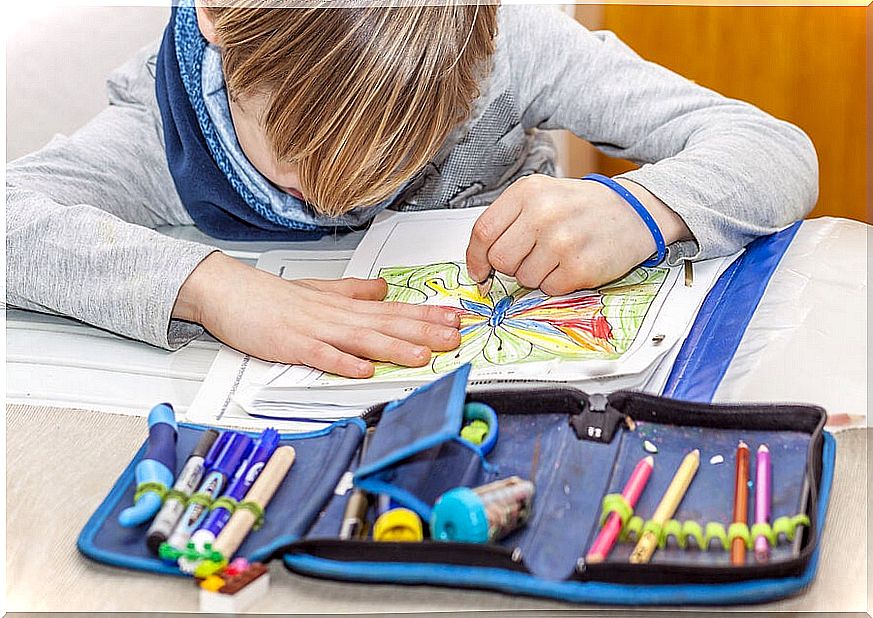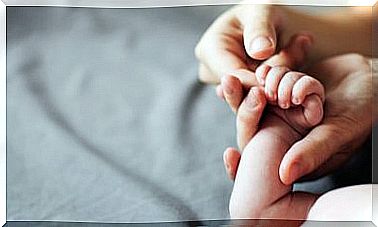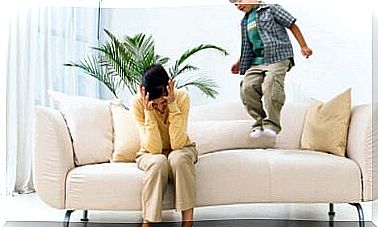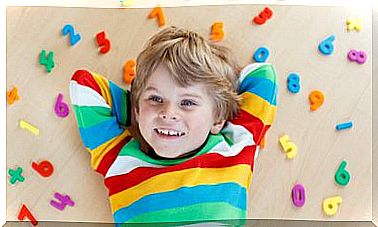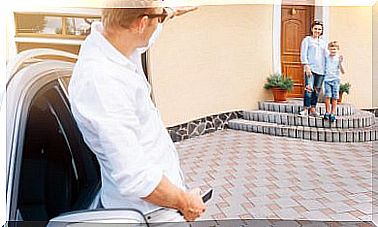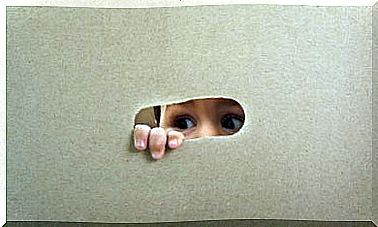How Cross-laterality Affects Performance
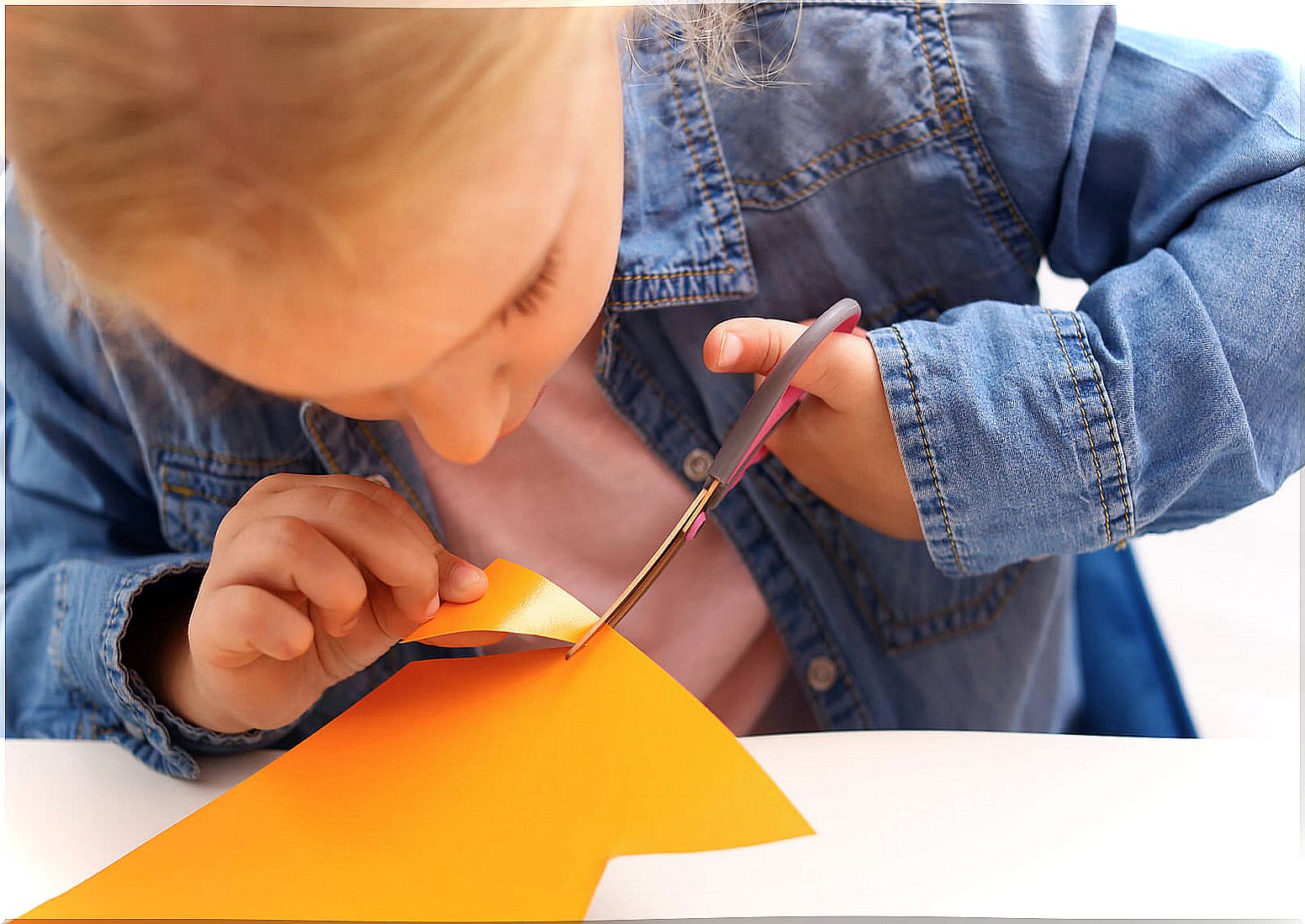
When we are born and develop, we all show a preference or tendency to use one side of the body; this is called laterality. Next, let’s see how cross-laterality affects performance. In this sense, the area of the body that we master best can be influenced by different factors, such as genetic and environmental.
The development of laterality takes place little by little throughout the first years of life, where we are still not aware of which is the right side and which is the left.
Types of laterality
We can classify laterality as follows:
- Homogeneous laterality. It occurs when the eye, ear, hand and foot have the same dominance, either left dominance (left-handed) or right (right-handed). This is the one that occurs most frequently.
- Mixed laterality. It occurs when some people do certain things with one side of the body and others with the other side.
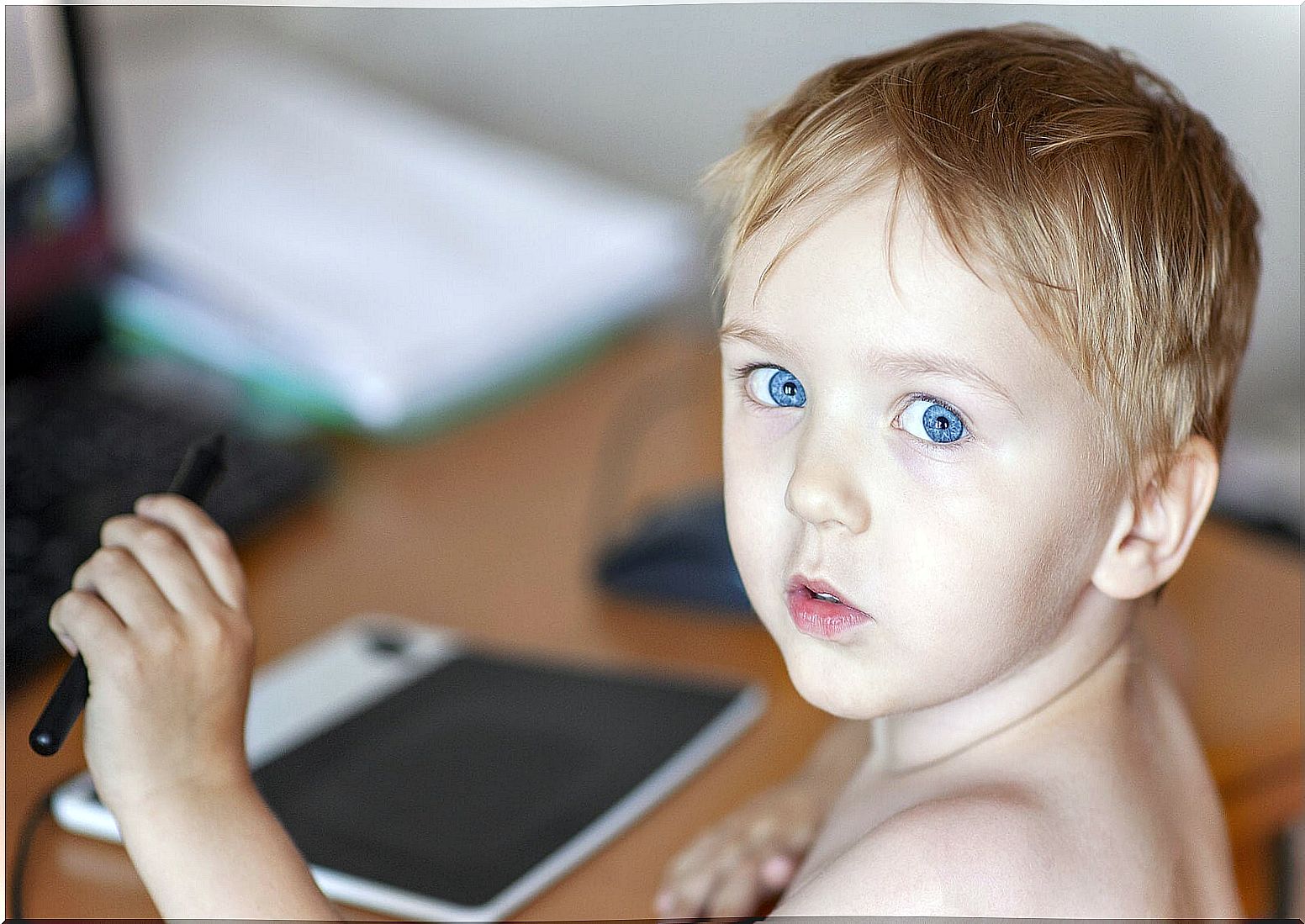
- Cross laterality. It can also receive the name of contrariada and is characterized by the fact that there is a different laterality for hands, feet, eyes and hearing. For example, dominate the right hand, but the left eye. This type of laterality can cause learning difficulties and difficulties especially when it comes to reading and writing. It often occurs in children who are diagnosed with ADDD.
- Ambidextrous laterality. This is when the person uses both parts of the body with the same skill and interchangeably.
It is very important that we do not force lateralization; we have to let it define itself. If a child is forced to use a certain side and this is not his dominant, we are causing his nervous system to become disorganized.
How does cross-laterality affect school performance?
Poorly established laterality can cause many learning problems in children. This usually appears in cases in which the child has dyslexia problems. This can be observed especially at the beginning of primary education, mainly in those cases in which laterality is not yet established.
Next, we will see how it influences and what are the symptoms of crossed laterality:
- They have slower reactions with few immediate reflexes to certain activities.
- This laterality can cause problems of dyslexia, dyscalculia, dyslalia or dysgraphia.
- When they write, they can make investments in the graphic and reader order. The numbers and letters are written inverted, as if they were reflected in a mirror.
- It usually affects your self-esteem, often low. Above all, realizing your mistakes.
- They can be irritated, overreactive, inhibited, and hopeless.
More on how cross-laterality affects performance
- When they read, they read very slowly and with many pauses. They lack rhythm and are often lost.
- They have difficulty automating reading, calculating, or writing.
- They show problems when it comes to paying attention. They tend to get confused frequently.
- At times, they can be restless and hyperactive. With difficulty concentrating.
- They are unmotivated in class and have no interest in the proposed activities
- They often have trouble organizing themselves in space and time. They confuse the right with the left and are wrong with addition and subtraction.
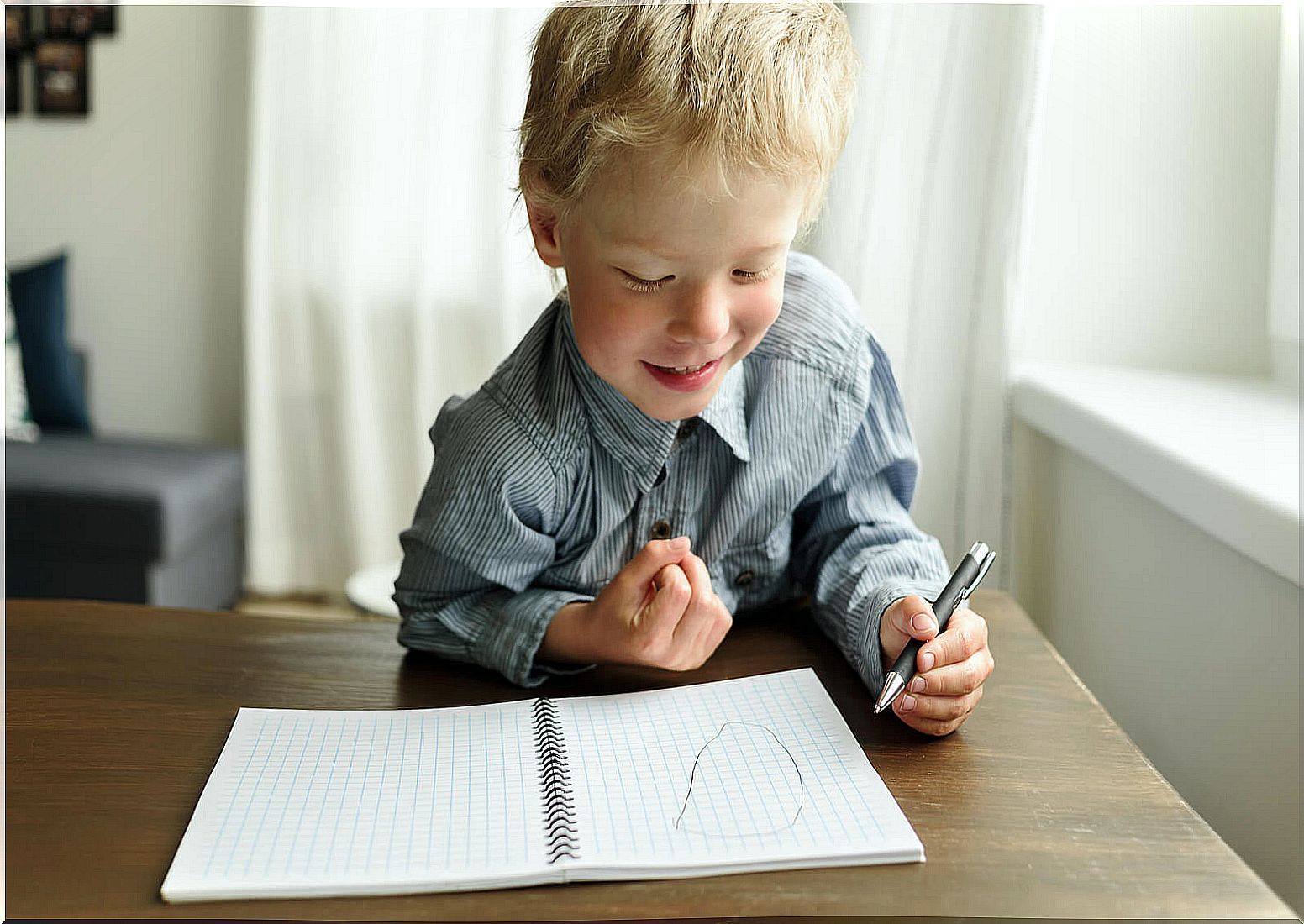
What can we do if a child has crossed laterality?
Most specialists recommend early intervention to prevent the negative effects that this may have on the child’s learning. If we suspect that there is a crossed laterality, we must take him for a correct psychomotor evaluation.
When the professionals find out what kind of laterality the little one has, they will establish a series of activities and exercises for him to carry out and be able to correct and redirect them so that there is a good neurobiological tendency.
It is important to take the child to a professional if it is suspected that he may have this type of crossed laterality. You have already seen how cross-laterality affects children’s performance and learning. For this reason, it is important to intervene as soon as possible, to avoid these future difficulties.
